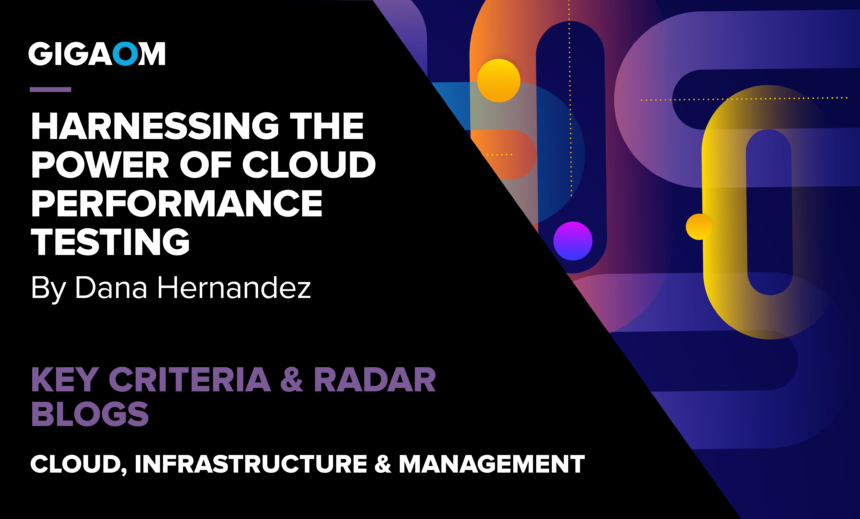Cloud performance testing provides flexibility, cost savings, global reach, automation, and comprehensive insights. It’s a powerful ally in delivering high-quality applications to users.
Cloud performance testing is a crucial aspect of ensuring the reliability and efficiency of software applications hosted in cloud environments. Cloud computing technologies have achieved high adoption levels in many organizations, requiring key stakeholders on software teams to ensure applications can scale to meet demand.
That demand is driven not only by the volume of transactions, data, and processing work, but also by the wide range of users in various technology roles, including developers, testers, quality assurance (QA) personnel, development operations (DevOps) teams, performance engineers, and business analysts. Without performance testing tools, this demand would be far more difficult to meet and manage.
It is interesting that several of the cloud performance testing platforms have aligned with observability platform capabilities. The alignment allows teams to leverage the information from the observability solutions and allows users to compare performance test results with ongoing observability metrics to continue to fine-tune performance.
Another alignment taking place is that many cloud performance testing tools are becoming part of a larger testing suite for cloud capabilities. Some are becoming a part of the “shift left” trend, adding performance testing earlier in the development cycle or as a part of DevOps testing. This definitely helps to alleviate the age-old issue of testing performance right before a “go live” event only to find out that the application has performance issues. In addition, the DevOps testing suites provide reuse of functional and performance test scripts throughout the development process.
The movement to shift testing left into the development lifecycle rather than post-process—after deployment to a production or stage environment—means that business leaders can understand the performance and cost of a feature earlier in the lifecycle and better address prioritization of work (backlog items) to ensure the final solution optimizes the business value of a solution.
Ease of use for both technical and non-technical users continues to be a huge focus for vendors and companies alike. It is driving a key movement in the democratization of load testing and automated test creation. Most solutions either offer GUIs to manage tests or provide methods to record users navigating the application to create load-testing scripts automatically.
Over the next few months, I anticipate that most solutions will continue to focus on ease of use, including the use of generative AI in test creation and assessment and for test results summarization and analysis. Another ongoing focus is allowing more testers of all types to create and run tests effectively throughout the development process and ongoing operation.
From a cost perspective, these solutions continue to offer a cost-effective tiered approach to licensing to meet the needs of companies of any size. In addition, most provide some form of pay-as-you-go options for testing only as it is needed.
Cloud performance testing—with its scalability, cost-effectiveness, global reach, and automation—empowers teams to deliver high-quality performance in the cloud that meets and exceeds user expectations.
Next Steps
To learn more, take a look at GigaOm’s cloud performance testing Key Criteria and Radar reports. These reports provide a comprehensive overview of the market, outline the criteria you’ll want to consider in a purchase decision, and evaluate how a number of vendors perform against those decision criteria.
If you’re not yet a GigaOm subscriber, you can access the research using a free trial.

